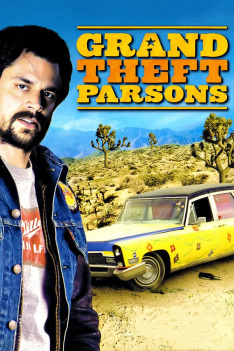
AROUND THE WORLD IN 80 ISLANDS (THE ROUTE TO LOS ROQUES)
THE ROUTE TO LOS ROQUES. Our chosen route is the coral archipelago of Los Roques, our sail boat is pushed forward by the trade winds as we go to explore the small "cayos" in the region. The route chosen by our expert Capitan Raul and his eccentric skipper Mar, means that we will make our first stop at Carenero Island, a place so full of wonderful colours. But it is Cayos de Agua that steals our hearts: the light that surrounds this small strip of sand which is inhabited only by birds, makes this one of the most beautiful beaches in the world. As we weigh anchor, we sail to Dos Mosquises, headquarters of the Fundacion Cientifica los Roques, where an expert marine biologist shows us the different species of marine turtle. Here the Fundacion has chosen to guard and protect these marine animals, breeding them in captivity until they are one year old, then releasing them into the sea.
Więcej informacjiPodobne audycje
O audycji
THE ROUTE TO LOS ROQUES. Our chosen route is the coral archipelago of Los Roques, our sail boat is pushed forward by the trade winds as we go to explore the small "cayos" in the region. The route chosen by our expert Capitan Raul and his eccentric skipper Mar, means that we will make our first stop at Carenero Island, a place so full of wonderful colours. But it is Cayos de Agua that steals our hearts: the light that surrounds this small strip of sand which is inhabited only by birds, makes this one of the most beautiful beaches in the world. As we weigh anchor, we sail to Dos Mosquises, headquarters of the Fundacion Cientifica los Roques, where an expert marine biologist shows us the different species of marine turtle. Here the Fundacion has chosen to guard and protect these marine animals, breeding them in captivity until they are one year old, then releasing them into the sea.







